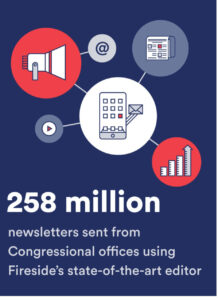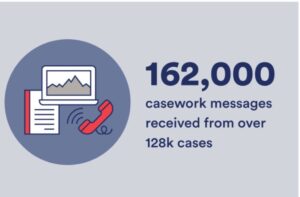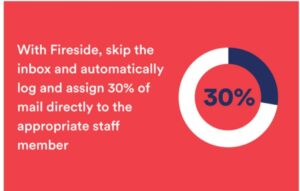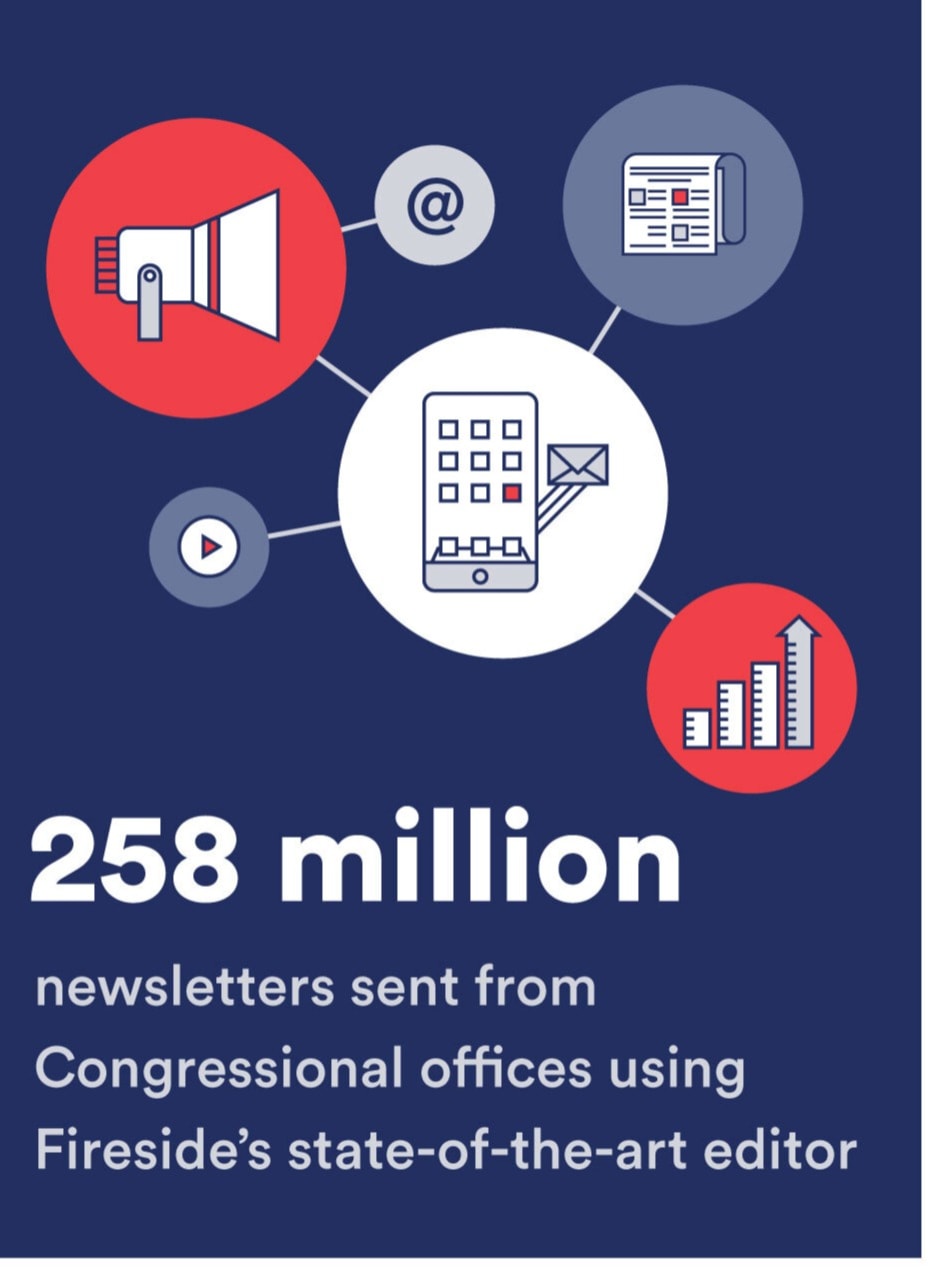There is one undeniable truth every legislative correspondent understands: Congressional offices deal with mountains of constituent communications. At nearly 150 days into the 118th Congress, offices are bound to be receiving numerous phone calls, piles of physical mail, and high volumes of inbound email, which is the new normal for Congressional correspondence. In 2023, constituents and government officials alike have realized the importance of two-way communication and are putting it in the spotlight.

Member Office Communication Volume
In 2022, offices received almost 81 million messages from constituents and sent more than 3.5 million.
That’s a lot of email! The month with the highest number of inbound emails was June, while the lowest was October. Digging even deeper, the last week of May saw the highest number of emails from constituents, while the week after Christmas had the lowest — no surprise there.


Proactive communication with constituents is also important, and we see that in the number of newsletters sent in 2022: more than 258 million newsletters hit constituents’ inboxes. While that number may seem daunting, with a state-of-the-art newsletter editor, you can easily and quickly manage communications and keep constituents informed about the issues that matter to them.
Email might be the most popular, but it isn’t the only way constituents communicate with policymakers: in 2022 offices received more than 2 million tele-town hall dials.
Casework Messages

Caseworkers in a public office serve as liaisons between the constituent and the government. They often work with state and federal agencies, helping citizens cut through red tape and get help with requests, from unemployment benefits to passport expedites. Casework requests could also include helping fill out a government form, applying for federal or state benefits, applying for U.S. citizenship, or tracking down a misdirected benefits payment.
Casework takes up a huge chunk of office communication: in 2022, member offices received more than 162 thousand casework messages from over 128 thousand cases. The average length of time for an open case was 40 days.
How Fireside Can Help
As exciting as it is to witness democracy in action and constituents interacting with their elected representatives, it can understandably be overwhelming for Congressional staffers to be slammed with thousands of emails. Since communication is key to representing your electorate, you need a tool that manages the firehose of two-way information. That’s the beauty of an all-in-one tool like Fireside — there’s no toggling between platforms to get your job done quickly and efficiently.

Whether it’s individual messages, massive advocacy campaigns, or even digitized paper letters, sorting and logging the mail in your inbox requires a tremendous amount of time. Inbox Automations let you create routing rules on the fly to automatically log and assign inbound mail. In the future, those messages will always skip the inbox and go directly to the appropriate staff member. Member offices can automatically log and assign 30 percent of mail, on average.
Fireside’s communications tools are designed to eliminate manual work. You’ll no longer need to track down the right points of contact, manually update spreadsheets, or sift through sticky notes with reminders. Request a demo and find out how Fireside can help you today.

Request a Demo
See how easy managing your constituents, casework, and outreach can be with Fireside.
Request a demo and learn how Fireside can help you:
- Save time on organizing your inbound messages
- Streamline your communication workflows
- Strengthen relationships with constituents
- Target and tailor your outreach efforts

